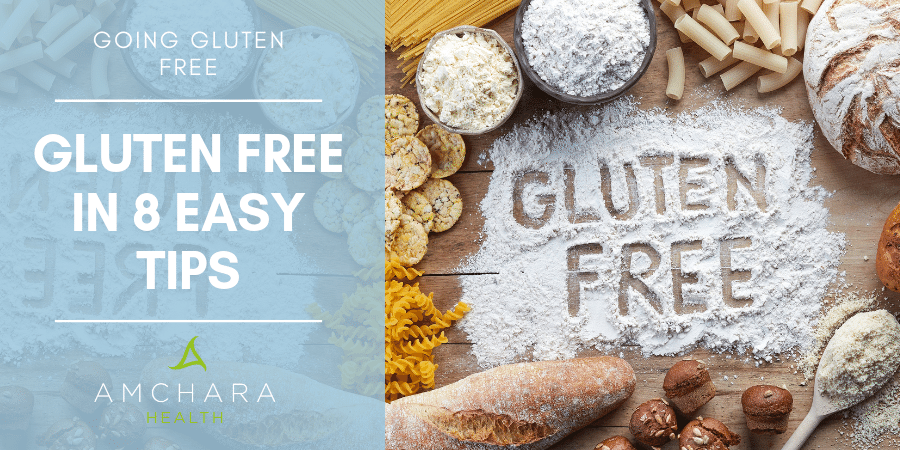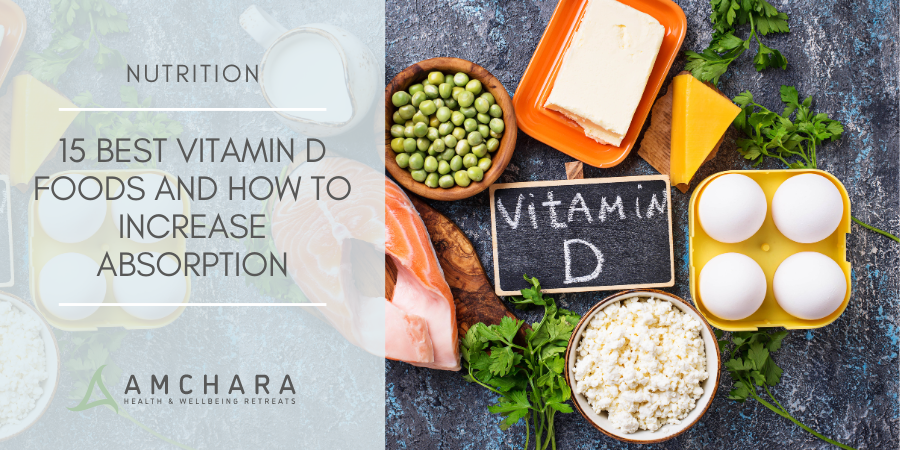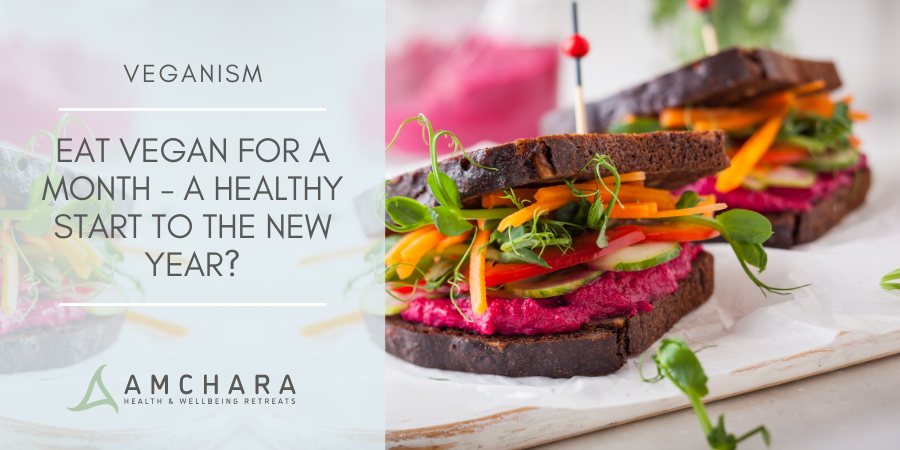Topics Covered in this article:
Going ‘gluten free’ has become an increasing trend, something which food manufacturers are responding to rapidly.
The gluten free market is booming and is estimated to be worth around 14 billion pounds globally (1).
Opting to eliminate gluten is essential for the many people who suffer with coeliac disease, but there is compelling evidence that adopting a gluten free diet may also bring health benefits to those who do not have coeliac disease.
As with many diets that eliminate a particular food or food group there are pitfalls.
In this article we take an evidence-based approach to guide you through the hazards of going gluten free as well as our 8 top tips for a healthy gluten free diet.
Where is Gluten Found?
Gluten refers to a group of proteins found in certain grains including wheat, rye, barley, spelt, einkorn, emmer, bulgar wheat and khorosan/kamut.
Due to food manufacturing ,and the increase in processed and packaged foods, our exposure to gluten has increased.
For those with coeliac disease eating gluten can cause crippling symptoms and damage to the intestinal lining.
An increasing amount of people are becoming sensitive to gluten – symptoms that may occur include digestive upsets, bloating, cramp, gas, aches and pains and fatigue.
Hazards of Gluten Free
As with any elimination diet there may be negative effects of taking out an entire food or food group.
For a start, gluten containing grains are often good sources of fibre which feed the important bacteria in the gut, so removing gluten may impact the delicate bacterial balance negatively (2,3).
The intake of certain nutrients may also be affected and levels of iron, calcium, folate, and some of the B vitamins may be reduced.
Exposure to toxins like arsenic may actually increase on a gluten free diet.
Gluten containing grains are often replaced with rice, which is known to contain arsenic.
The levels of arsenic vary according the type of rice and also country it is grown in (4,5).
Rice intake can double or triple when moving to a gluten free diet.
A gluten free diet may also increase mercury levels.
A study completed in people with coeliac disease was not able to show the exact reason why mercury increased whilst on a gluten free diet, but noted a significant rise in levels (6).
How to Go Gluten Free:
#1.
Don’t fall into the ‘gluten free = healthy’ trap – just because you may be ditching gluten for health reasons it does not follow a gluten free option is definitively healthier.
Be mindful of this and pay attention to tip number two.
#2.
Avoid processed and packaged gluten free alternatives – these are often low in nutrients, lacking in fibre and have a high glycaemic index – meaning they impact your blood sugar negatively.
Gluten free alternatives like bread, pasta, noodles, cakes etc. are usually made with rice flour, cooked potato starch, tapioca, corn or soya.
Apart from the negative impact on blood sugar, they are loaded with additives and unnecessary ingredients. Just take a look at a gluten free label…the list of ingredients often resembles a chemistry experiment.
#3.
Prepare your meals from scratch – yes that means spending a little more time on meals and snacks but at least you know exactly what goes into them.
Once you get used to various different recipes with new ingredients it will become easier and quicker to prepare them.
#4.
Read labels – if you do have to resort to bought goods pay attention to the ingredients.
Wheat can be used as a thickener for sauces, soups and desserts and you may even be surprised to find it in some yoghurts and ice creams.
Items like yeast extract, soy sauce, salad dressings and confectionary may also have gluten containing ingredients in them.
#5.
Rotate grain intake – having a good intake of buckwheat, rice, gluten free oats, amaranth and quinoa is important to provide vital nutrients and fibre, but avoid focusing on only one or two of these.
A richer variety of nutrients will be obtained through eating a wide range and you will also reduce intake of undesirable contaminants like arsenic and mercury.
#6.
Increase fruit and vegetable intake – aiming for 8-10 portions of fruits and vegetables each day helps to provide essential nutrients like folate, some of the B vitamins and essential fibres to feed the bacteria in the gut.
Include lots of different types of fruit and vegetables and opt for lots of different bright colours as these give a selection of vital plant nutrients.
Monitor your intake with a rainbow food chart and put a focus on more vegetables than fruit.
#7.
Include nuts, seeds, beans and lentils – these not only give a wide variety of essential minerals but are rich in fibre to support the gut bacteria and aid in elimination.
They also help to keep you fuller for longer.
#8.
Be aware of your favourite tipple – some alcoholic drinks are not free from gluten.
Beer, lager and stout are produced from gluten containing grains such as wheat, rye and barley.
Gluten free beverages (to be enjoyed in moderation) include wine, sherry, spirits, port, liqueur and cider.
Going gluten free for health reasons can feel daunting and we hope these simple steps will make the process easier.
We’re dedicated to providing you with both insightful information and evidence-based content.
Did you find this article useful?
Do you have any of your own tips you would like to share?
Join the conversation below.
READ THIS NEXT:




